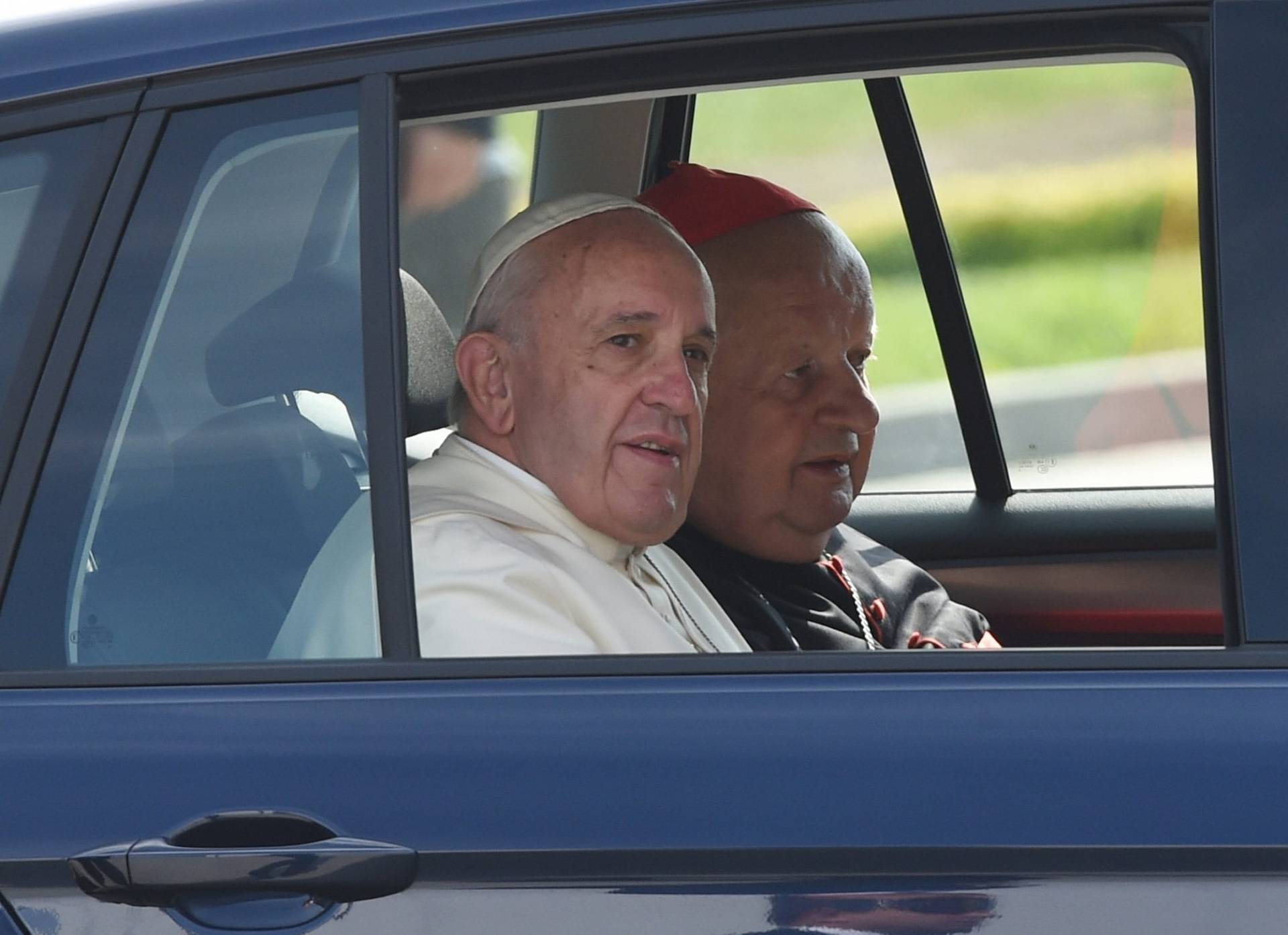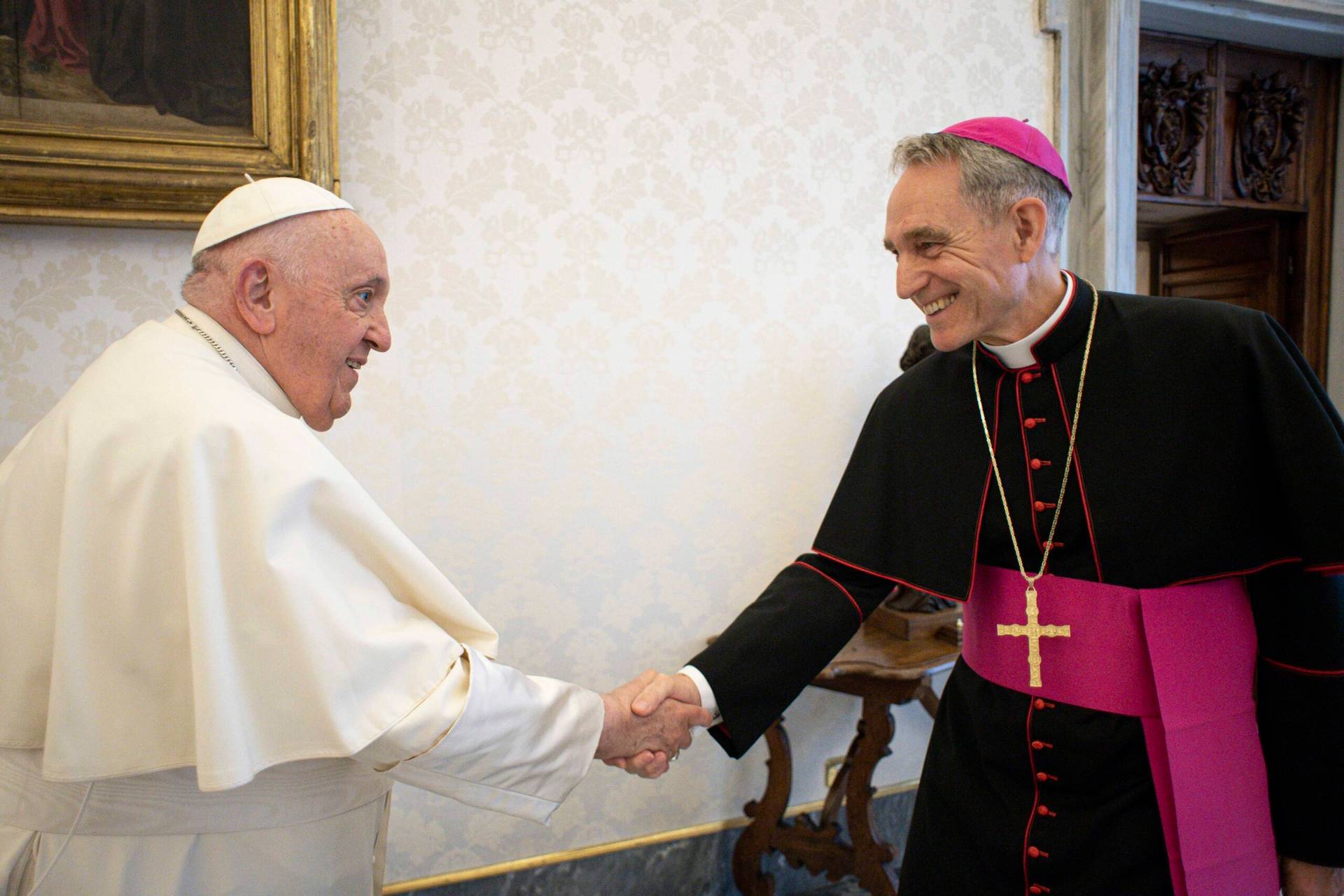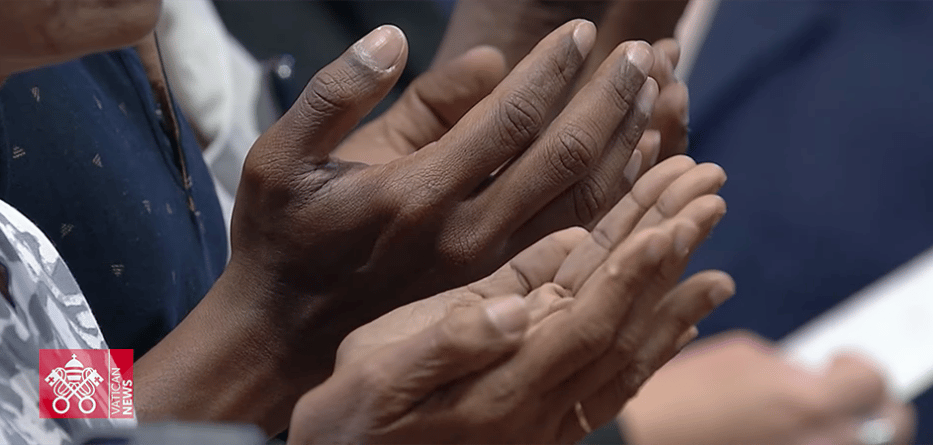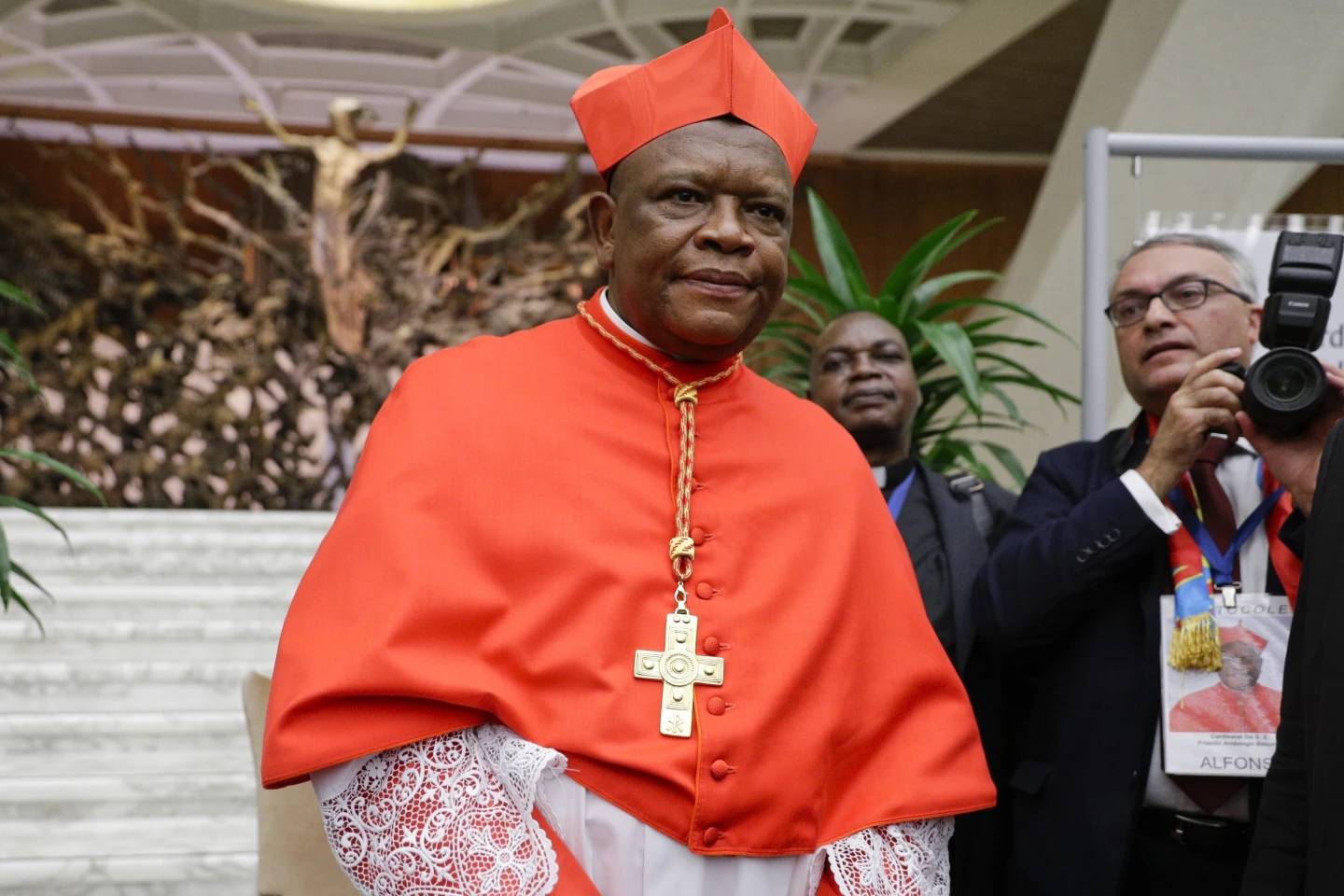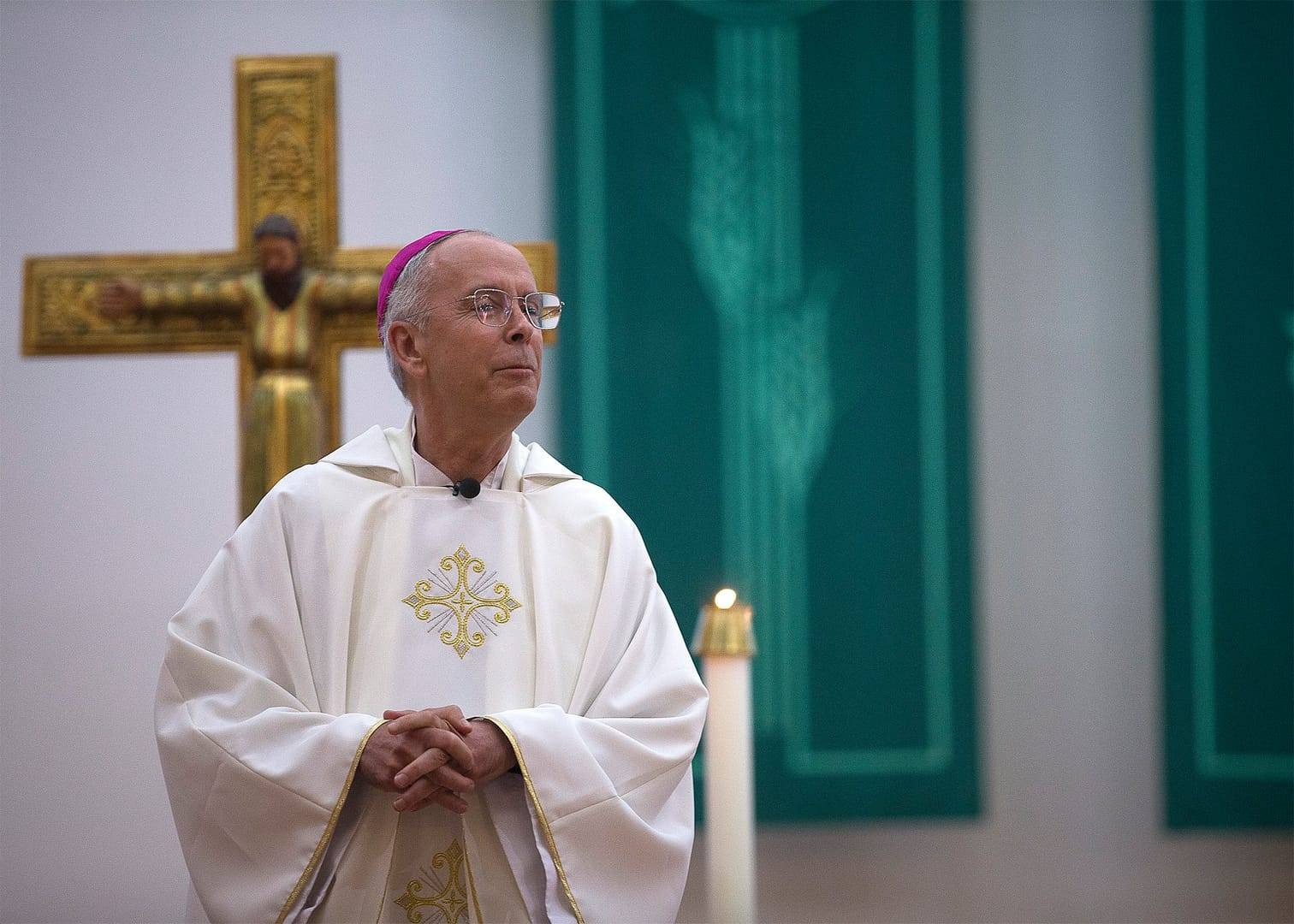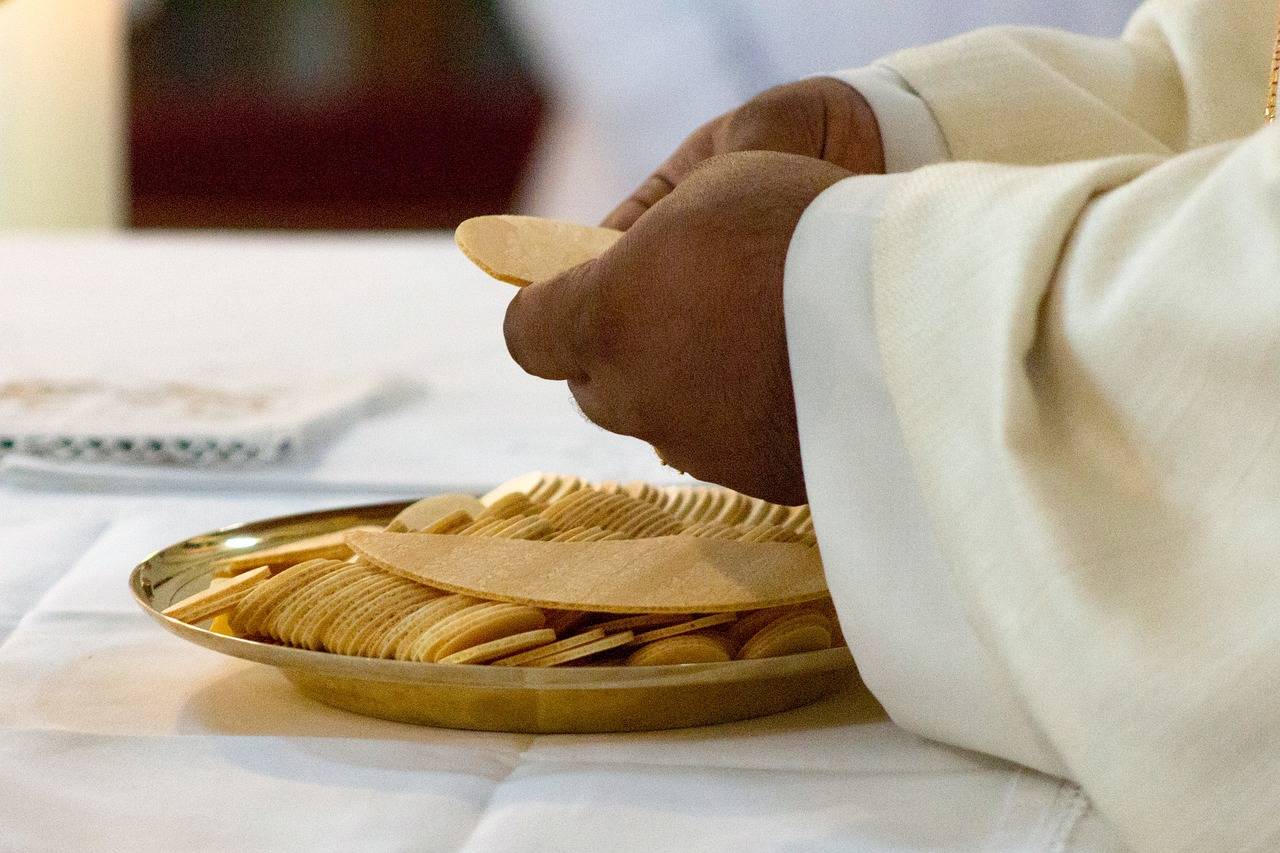KRAKOW, Poland– While the official opening of World Youth Day is still days away, hundreds of thousands of pilgrims from around the world are already heating up their engines to take part in this huge youth encounter often referred to as the “Catholic Woodstock.”
During those seven days, it won’t really matter if they’re left, center or right-wing Catholics. It won’t matter on what side of the liturgical wars they stand in, if they’re discerning a religious vocation, or if they simply tagged along because they thought it’d be fun.
For seven days, the quest will be much more about finding pilgrims from the furthest geographical region — Archbishop Anthony Fisher of Sydney, Australia, told Crux last week that the right answer would be Aussies, although of course, for Australians the search will be directed somewhere else.
Here are seven facts or initiatives that are perhaps unknown about #Krakow2016:
Francis’ chasuble and the throwaway culture
Papal vestments during a visit abroad are usually the responsibility of the host country. During his visits, Francis has used liturgical clothing created for the occasion by indigenous communities, religious sisters and even inmates.
The liturgical vestments Francis will don during World Youth Day (WYD) were created for the occasion by a group of Iraqi refugee girls living in Jordan. According to their own words, the vestments were done with the “left-over materials” of their clothes collection, Made by Iraqi girls, considered a success story amidst so much suffering among Christian refugees.
“We too were thrown away by the evil men who expelled us from our land,” they wrote in a letter addressed to Francis and published by WYD’s website. “We made these vestments recycling pieces of fabric. But the beautiful things, useful to give glory to the Lord, often come from what is rejected.”
The young women were supposed to attend the event, but because of their refugee status, their visas were denied.
“We had to save our lives, it was the only option since Daesh (ISIS) was offering Christians three options: to deny our faith and convert to Islam, pay a tax or die,” Farah, Maryam, Dalida and other young women say in the letter.
In Jordan, they were welcomed by Catholic priests and a group of nuns, who helped them get back on their feet through a sewing shop, where they received the training that allowed them to launch their clothing brand.
A volunteer who gave his life
Maciej Szymon Cieśla studied graphic design. After building a promising career, in 2014 he quit his job to work full-time as a volunteer for WYD. Among other things, he helped design the banners that are all over the city of Krakow, announcing the youth celebration.
He’s also one of the minds behind the kit every pilgrim and volunteer will receive, and lent his knowledge to build the event’s website. When he joined the local organizing committee as a volunteer, he had lost his faith in the Church, but decided to help because he wanted to believe that there was still some good in it.
Monika Rybczyńska, who works for the committee in the design department, is quoted in the website defining Cieśla as a “a gift” who would help the rest of the volunteers keep things in perspective: “There are things more important than nailing the design.”
Cieśla was diagnosed with cancer last November, and after trying every possible treatment, doctors had to amputate his leg earlier this year.
This May, before losing his leg, he wrote in his Facebook profile: “How fast life and priorities change! And how different our dreams are… some dream with a career and fame, promotion, a new job, wealth or for World Youth Day to be a success. For the last 150 days, I’ve been dreaming of only one thing: I’d like to live. Nothing else.”
Cieśla died on July 2, three weeks before the start of the event he helped organize up until the very last possible moment.
#WYDChallenge
Organizers believe that this will be the most “social” WYD so far, with millions of people keeping up with the events in Krakow not only through their TVs, but particularly by following Twitter, Facebook and snapchat friends who are taking part.
In an attempt to promote the event in social media, the organizing committee launched #WYDChallenge, which dioceses, movements, Catholic organizations and even religious orders have accepted.
The challenge is simple: record a video with the song World Youth Day is back for you from the French group UNI’T and share it on social media, tagging three other movements or groups so that they do the same. Because it’s been launched in the nine official languages of WYD, it’s hard to keep track of it, yet hundreds of videos have been posted.
This is only one of many, recorded by the Sisters of Mercy, the congregation of St. Faustina Kowalska, the Polish mystic who received the message of the devotion to the Divine Mercy. Francis will go to the Sanctuary of Divine Mercy in Lagiewniki on Saturday, where he’ll be welcomed by the nuns.
“We’ve worked really hard, but something we never forget is the joy. And what’s joy if we can’t share it with friends?” said Brazilian volunteer Gustavo Huguenin, head of the social media team.
We4Charity
When Pope Francis launched the Holy Year of Mercy, he asked for every diocese in the world to build a constant reminder, be it a soup kitchen, a hospital, a school, or to create initiatives that help the faithful live the works of mercy after the jubilee is over.
With this in mind, the organizers of World Youth Day have built a house for the elderly next to the big campus where the closing vigil and Mass will take place on Saturday and Sunday named “Campus Misericordiae” and also a Caritas distribution center, called “Bread of Mercy.” They will also purchase at least one mobile clinic, but ideally many more, to be sent to Lebanon, Syria and Jordan.
The two buildings are already standing, but Caritas Krakow has launched a crowd funding campaign called we4charity to help fund the furniture for the elderly center, and also to help fund the mobile clinics, each one of which costs $150,000.
To promote the campaign, they created a virtual “Campus Misericodiae” like the one in Krakow, and donors get to choose one of the 32 avatars representing pilgrims, as a way of joining WYD from afar. Francis’ avatar appeared on the virtual campus on Wednesday.
A wooden monstrance made by Krakow’s homeless
One of the peak moments of WYD is the vigil that always takes place on Saturday night, ahead of the closing Mass. For this year’s, EMAUS homeless community members were charged with creating a monstrance, meaning the place where the Eucharistic will be held during adoration.
They built it in beech wood, following the lines of the logo, which represent the two rays of mercy seen in the image of the Divine Mercy.
The monstrance was consecrated by Krakow’s Cardinal Stanislaw Dziwisz on Tuesday.
Grzegorz Hajduk, head of the EMAUS community in Krakow, defined this as “the most unusual order we have ever received.”
Hajduk also said that they’d decided to take it because he found Francis’ appeals to end exclusion, poverty and misery are very similar to the ideals which guide the community’s every day works.
There’s an app for that!
As it’s happened with the previous two WYDs – Madrid 2011 and Rio 2013- the organizers commissioned an app, called Pilgrim, available for IOS, Android and Windows.
With both online and off-line content, the app is designed to be a one-stop for all things Krakow: From maps of the city, to transportation, catechesis, prayers, Francis’ speeches, tourist information, emergency contacts, forecast and social media feeds.
As in-flight entertainment there’s also a video game, called Run to WYD (which can become addictive).
Simultaneous translation
Pilgrims who are not fluent in Polish or Italian should bring along a small portable radio with headphones, since an international team of volunteers will be on hand to offer simultaneous translations of the pope’s speeches and homilies into nine languages: Polish, English, Spanish, French, Italian, Ukrainian, German, Portuguese, and Russian.







